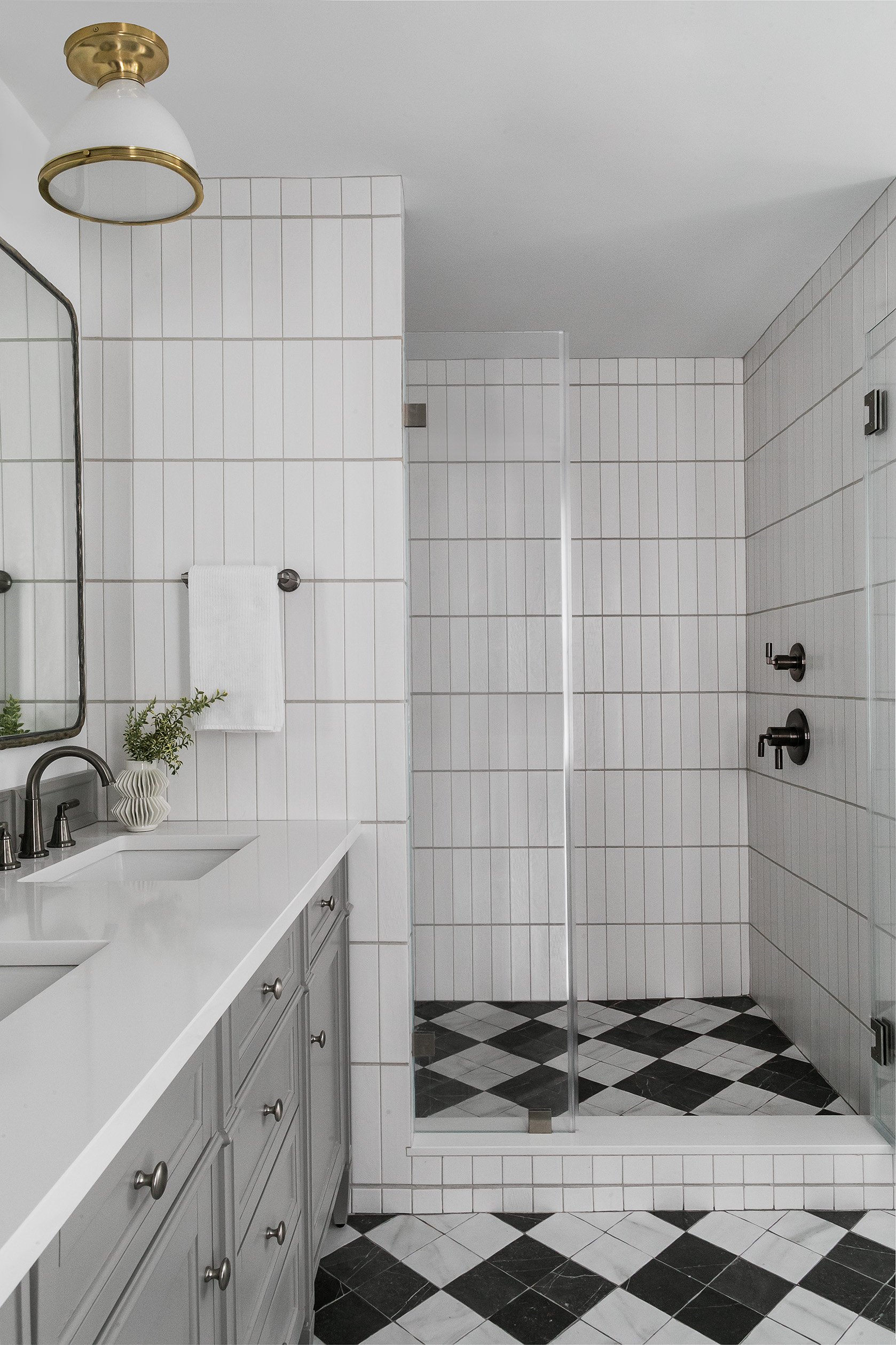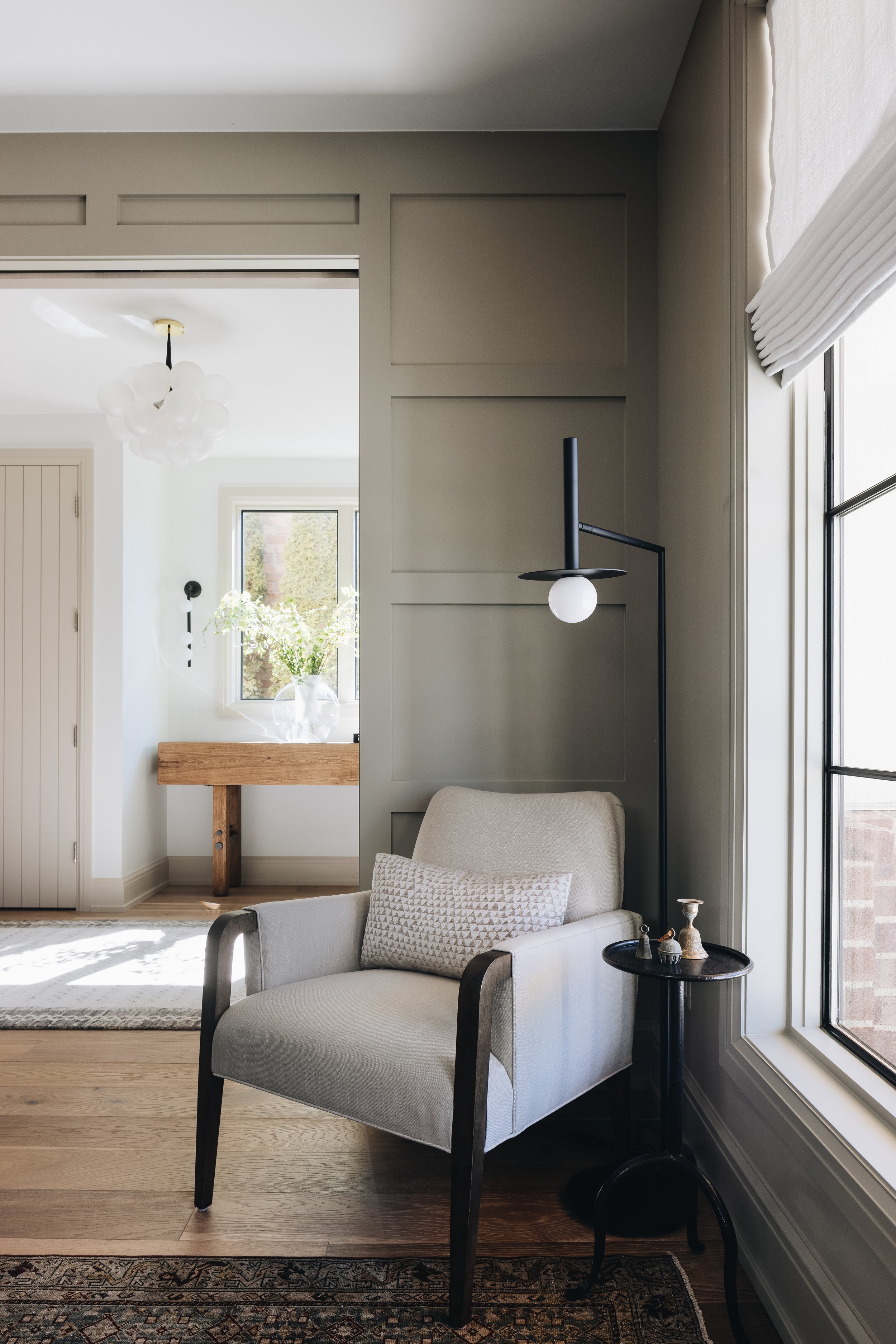Designing a kitchen isn't just about selecting countertops and appliances; it's about creating a space that flows seamlessly and functions efficiently. One of the most critical aspects of kitchen design is considering traffic flow. Picture this: you're rushing to get dinner ready, darting between the stove, the fridge, and the sink. If your kitchen layout isn't thoughtfully planned, you could find yourself constantly bumping into obstacles or feeling like you don’t have enough space.
Take, for example, the placement of the refrigerator. It's tempting to tuck it away in a corner to maximize counter space, but if it's blocking a major walkway, it becomes a hindrance rather than a convenience. Nobody wants to play a game of fridge-door Tetris just to get to the other side of the kitchen. Similarly, positioning the sink and oven directly across from each other might seem symmetrical, but it can create a traffic bottleneck, especially when both appliances are in use simultaneously. Imagine trying to drain pasta while someone is pulling a hot casserole out of the oven—it's a recipe for chaos 😉 .
The most common oversight is failing to consider the space required when appliances are in use. For instance, wall ovens may seem sleek and space-saving when closed, but when open, they can obstruct your walkways. And let's not forget about the humble sink. While it's the workhorse of the kitchen, it can also become a barrier if placed in a high-traffic area. Nobody wants to stop what they are doing so that someone can navigate around you to reach the pantry.
So, what's the solution? When designing your kitchen, prioritize functionality over aesthetics… JUST KIDDING! functionality and aesthetics are equally important and you can create a functional kitchen that also looks amazing. Consider how you move around the space and identify potential chokepoints. Opt for a layout that allows for smooth traffic flow, with clear pathways between key areas like the fridge, sink, and stove. Think about how each appliance will be used and ensure there's ample space for doors and drawers to open without obstructing nearby surfaces. By paying attention to these details, you can create a kitchen that not only looks great but works harmoniously with your daily routines. After all, a well-designed kitchen isn't just a place to cook—it's the heart of the home, where memories are made and shared.











